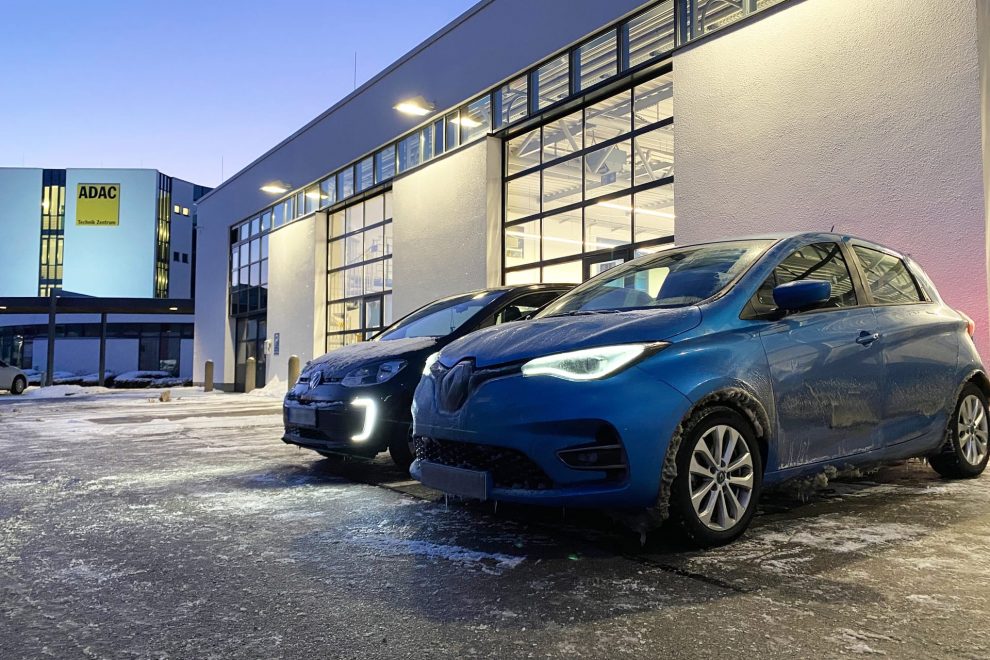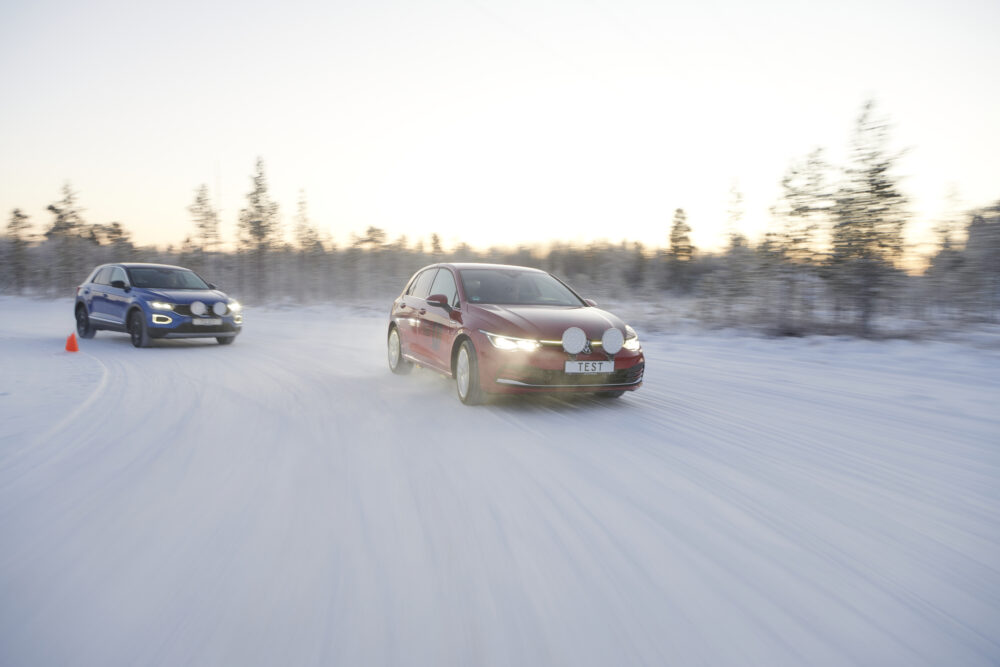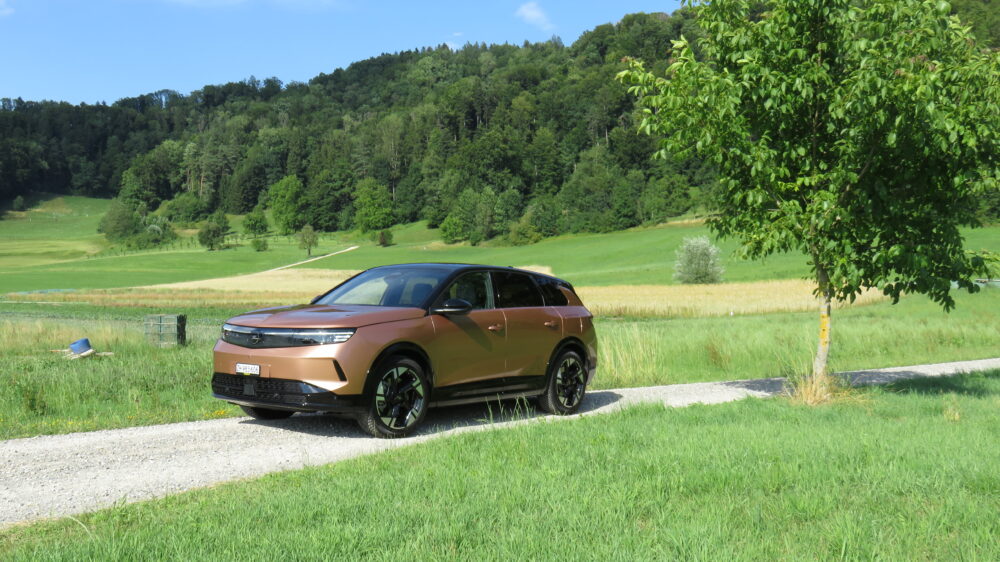E-cars in winter: This way there are no problems
KNOWN HOW Electric cars can last several hours in traffic jams, even in sub-zero temperatures, without the battery going flat. Consumers such as heating, seat heating and radio can also be used largely without hesitation. The ADAC has subjected two vehicles to an endurance test: a Renault Zoe Z.E. 50 and a VW e-up! Both cars were tested in severe frost of minus [...]

ADAC put two vehicles through an endurance test: a Renault Zoe Z.E. 50 and a VW e-up! Both cars were tested for their durability in severe frost from minus 9 to minus 14 degrees for twelve hours. The interior was heated to 22 degrees Celsius, the seat heating activated and the parking lights switched on.
Bring battery to full charge level in time
The result: After twelve hours, about 70 percent of the Renault Zoe and about 80 percent of the VW e-Up's battery had been used up. Even under extreme conditions, the Zoe's 52-kilowatt-hour battery could last around 17 hours and the e-Up's 32.3 kilowatt hours could last 15 hours with a full battery in a traffic jam. In critical conditions, the experts advise recharging early before entering a highway.
Switch off unnecessary consumers in case of uncertainty
If uncertainties remain, electricity can be saved by switching off the heaters for the front and rear windows, windshield wipers and low beams. The parking lights should remain switched on for safety reasons.
In addition, the temperature inside can be reduced and switched to recirculation mode. Seat heating is more economical and requires less energy.
adac.com








